Filter by
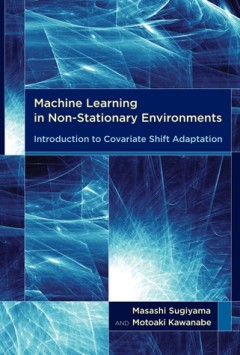
Machine learning in non-stationary environments :introduction to covariate sh…
As the power of computing has grown over the past few decades, the field of machine learning has advanced rapidly in both theory and practice. Machine learning methods are usually based on the assumption that the data generation mechanism does not change over time. Yet real-world applications of machine learning, including image recognition, natural language processing, speech recognition, robo…
- Edition
- -
- ISBN/ISSN
- 9780262301220
- Collation
- 1 online resource (xiv, 261 pages) :illustrations.
- Series Title
- -
- Call Number
- -
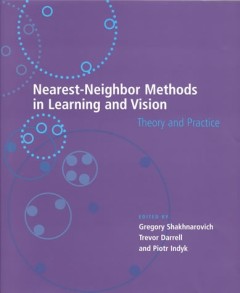
Nearest-neighbor methods in learning and vision :theory and practice
" ... held in Whistler, British Columbia ... annual conference on Neural Information Processing Systems (NIPS) in December 2003"--Preface.Regression and classification methods based on similarity of the input to stored examples have not been widely used in applications involving very large sets of high-dimensional data. Recent advances in computational geometry and machine learning, however, ma…
- Edition
- -
- ISBN/ISSN
- 9780262256957
- Collation
- 1 online resource (vi, 252 pages) :illustrations.
- Series Title
- -
- Call Number
- -
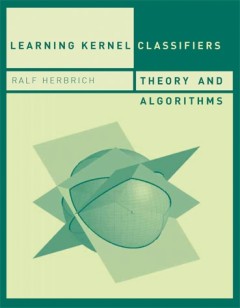
Learning Kernel Classifiers: Theory and Algorithms
Linear classifiers in kernel spaces have emerged as a major topic within the field of machine learning. The kernel technique takes the linear classifier--a limited, but well-established and comprehensively studied model--and extends its applicability to a wide range of nonlinear pattern-recognition tasks such as natural language processing, machine vision, and biological sequence analysis. This…
- Edition
- 1
- ISBN/ISSN
- 9780262256339
- Collation
- -
- Series Title
- -
- Call Number
- -
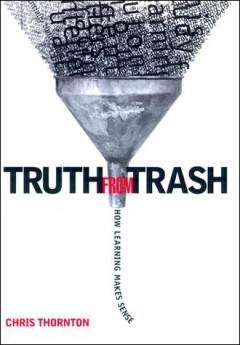
Truth from Trash: How Learning Makes Sense
AnnotationOCLC-licensed vendor bibliographic record.
- Edition
- -
- ISBN/ISSN
- 9780262284981
- Collation
- 1 online resource (126 pages).
- Series Title
- -
- Call Number
- -
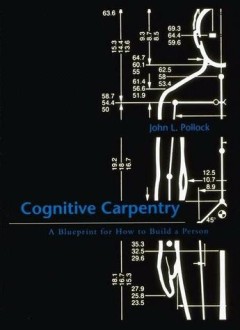
Cognitive Carpentry: A Blueprint for How to Build a Person
A sequel to Pollock's How to Build a Person, this volume builds upon that theoretical groundwork for the implementation of rationality through artificial intelligence. Pollock argues that progress in AI has stalled because of its creators' reliance upon unformulated intuitions about rationality. Instead, he bases the OSCAR architecture upon an explicit philosophical theory of rationality, encom…
- Edition
- -
- ISBN/ISSN
- 9780262281751
- Collation
- 1 online resource (xiii, 377 pages) :illustrations
- Series Title
- -
- Call Number
- -
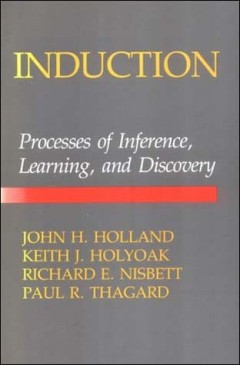
Induction : processes of inference, learning, and discovery
Includes appendix 12A: a walking tour of the computational ideas underlying classifier systems.Two psychologists, a computer scientist, and a philosopher have collaborated to present a framework for understanding processes of inductive reasoning and learning in organisms and machines. Theirs is the first major effort to bring the ideas of several disciplines to bear on a subject that has been a…
- Edition
- -
- ISBN/ISSN
- 0262081601
- Collation
- 1 online resource (xvi, 398 pages) : illustrations.
- Series Title
- -
- Call Number
- 100 HOL i
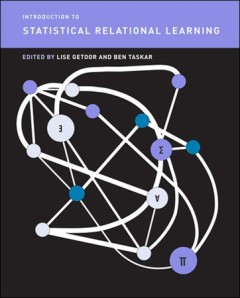
Introduction to statistical relational learning
"Index" : an online index is available on the book webpage at http://www.cs.umd.edu/srl-book/index.htm.Advanced statistical modeling and knowledge representation techniques for a newly emerging area of machine learning and probabilistic reasoning; includes introductory material, tutorials for different proposed approaches, and applications.OCLC-licensed vendor bibliographic record.
- Edition
- -
- ISBN/ISSN
- 9780262256230
- Collation
- 1 online resource (ix, 586 pages) :illustrations.
- Series Title
- -
- Call Number
- -
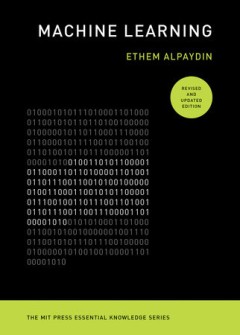
Machine Learning (Revised And Updated Edition)
"An updated introduction for generalists to this powerful technology, its applications and possible future directions"--OCLC-licensed vendor bibliographic record.
- Edition
- Revised and updated edition.
- ISBN/ISSN
- 9780262365369
- Collation
- 1 online resource.
- Series Title
- -
- Call Number
- -
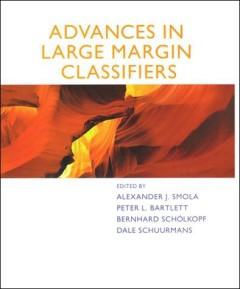
Advances in large margin classifiers
The concept of large margins is a unifying principle for the analysis of many different approaches to the classification of data from examples, including boosting, mathematical programming, neural networks, and support vector machines. The fact that it is the margin, or confidence level, of a classification--that is, a scale parameter--rather than a raw training error that matters has become a …
- Edition
- -
- ISBN/ISSN
- 9780262283977
- Collation
- 1 online resource (vi, 412 pages) :illustrations.
- Series Title
- -
- Call Number
- -
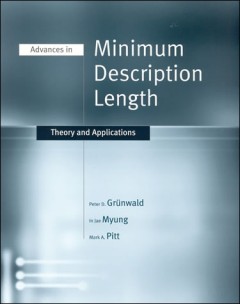
Advances in minimum description length :theory and applications
A source book for state-of-the-art MDL, including an extensive tutorial and recent theoretical advances and practical applications in fields ranging from bioinformatics to psychology.The process of inductive inference--to infer general laws and principles from particular instances--is the basis of statistical modeling, pattern recognition, and machine learning. The Minimum Descriptive Length (M…
- Edition
- -
- ISBN/ISSN
- 9780262274463
- Collation
- 1 online resource (x, 444 pages) :illustrations.
- Series Title
- -
- Call Number
- -
 Computer Science, Information & General Works
Computer Science, Information & General Works  Philosophy & Psychology
Philosophy & Psychology  Religion
Religion  Social Sciences
Social Sciences  Language
Language  Pure Science
Pure Science  Applied Sciences
Applied Sciences  Art & Recreation
Art & Recreation  Literature
Literature  History & Geography
History & Geography